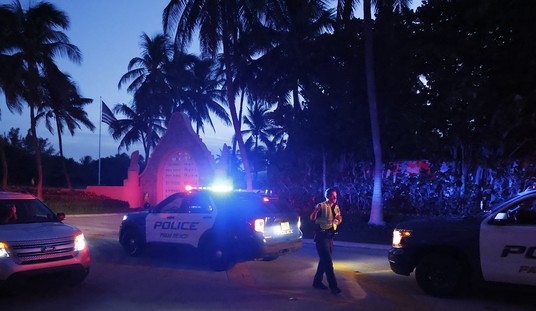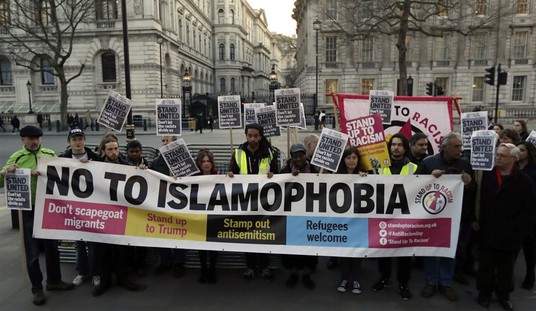Since 1978, a federal subsidy program has funneled taxpayer money into intercity bus routes. Fast forward to today, and this initiative has failed. Instead of attracting riders, politicians have often crafted routes to win votes. As a result, subsidized buses have squandered taxpayer money for 47 years. Meanwhile, unsubsidized buses have faced unfair competition from subsidized routes.
Politicians rarely realize that travelers prefer north-south routes because of the weather. For instance, Flixbus now offers 10 daily New York to Atlanta trips, up from six in 2019. Business is also booming between Chicago and Atlanta, with eight trips, up from five in 2019.
In contrast, the popularity of east-west routes has diminished. For example, buses no longer travel between Richmond and Dallas.
In fiscal year 2025 alone, Amtrak's east-west routes lost over $530 million. Meanwhile, the Auto Train (Virginia to Florida) made a $9.3 million profit. East-west Amtrak passenger-miles have fallen by 20 percent since fiscal year 2011. Yet, north-south routes have seen an 18 percent bump. In fact, train travelers favor north-south routes over east-west routes by a ratio of three to one.
Airlines are seeing the same trend. In the fourth quarter of 2024, the New York to Miami route saw 27,368 daily passengers, a 22 percent bump from 2019. Meanwhile, the New York to Los Angeles route saw only 13,903 passengers, a five percent drop.
Despite the success of unsubsidized routes, politicians insist on subsidizing unprofitable ones. In fiscal year 2025, Section 5311 subsidies cost $838 million.
- Virginia received $19 million in subsidies for routes, such as Washington to Bristol.
- Ohio squandered $30 million in subsidies for routes, such as Parkersburg to Columbus.
- Colorado spent $16 million in subsidies for routes, such as Denver to Grand Junction.
- Oregon incinerated $17 million in subsidies for routes, such as Portland to Astoria.
- Washington doled out $18 million in subsidies for routes, such as Seattle to Port Angeles.
Recommended
Federal subsidies cover 80 percent of capital and 50 percent of operating costs. Local sources pay for the rest.
Some routes, such as Denver to Colorado Springs, compete with unsubsidized routes. Others, such as Washington to Danville, replicate subsidized Amtrak routes. The subsidized Portland to Eugene route duplicates both.
Despite receiving enormous subsidies, Virginia Breeze only carried 67,127 riders in fiscal year 2025. In February, only 345 riders used the route between Washington and Martinsville. Buses averaged less than six passengers per day each way.
Intercity bus subsidies create a problematic cycle. The least-used routes need the most subsidies. Meanwhile, popular routes draw business from unsubsidized routes, causing their demise. As a result, there is an ever-increasing number of subsidized routes.
Proponents argue these subsidies connect large cities with smaller towns. Yet, there's no guarantee that subsidized routes wouldn’t be profitable without support. Nor is it clear why some routes need subsidies while others do not.
Without subsidies, unsubsidized buses might stop in smaller towns. Instead, political support for subsidies has created a bottomless pit for taxpayer funds.
For travelers, the results have been stark:
- Bus travel has become more expensive. A trip from Washington to Atlanta booked in advance can cost $59, while a flight might be $42.
- Subsidized bus companies use interline revenue as matching funds, against the law' intent.
- Since insurers pulled out, coach insurance costs have soared from $8,000-$12,000 to $33,000-$73,000 per year. Taxpayers are now subsidizing insurance companies rather than bus routes.
- Subsidized companies buy vehicles from Motor Coach Industries because of Buy America laws. These coaches have small fuel tanks and need to stop more often for fuel.
- Subsidized companies hired too many mechanics, causing a shortage. Appointment scheduling takes weeks, with repairs taking another two. Cold weather buses struggle the most because of corrosion from calcium chloride. Battery equalizers are more likely to fail, causing unexpected engine shutdowns. Air suspensions deflate, causing coaches to bottom out.
- In 2020, Congress passed the Coronavirus Economic Relief for Transportation Services (CERTS) Act. It gave $2 billion to bus companies, yet BoltBus and Megabus still failed. Meanwhile, insurers raised rates citing the Act as an excuse.
- Maintaining underperforming routes with legislative coercion has always failed. Take the Saskatchewan Transportation Company, for example. It shut down in 2018 because only two of its 27 routes were profitable. Greyhound Canada also went out of business in 2021.
Why does Congress continue to subsidize intercity buses when it defies market logic? One reason is that Congress has given the money to the states. For this reason, state politicians can make federal taxpayers foot the bill.
Another reason is the claim that subsidies connect isolated areas. Yet, subsidized intercity buses represent less than 0.001 percent of travel. In fact, Americans travel more miles by bicycle than by using these buses.
Virginia Breeze touted a "ridership record" in 2025. Yet, unsubsidized buses might have served those travelers without the subsidized competition.
Even if subsidized routes vanished, alternatives would be cheaper than subsidizing them. Despite the subsidies, air travel often costs less than bus travel. There are also many ways to enhance the profitability of struggling routes:
- Combining the Washington to Blacksburg route with the Washington to Bristol
- Extending the Washington to Bristol route to New York and Nashville
- Extending the Washington to Danville route to New York and Atlanta
- Discontinuing the Washington to Martinsville route
Since 1978, Congress has exhausted ways to limit the growth of subsidies. What once enjoyed bipartisan support is now a sunk cost fallacy. If lawmakers continue subsidizing buses, their losses will continue to grow.
The only way to stop politicians from playing favorites with routes is to cut subsidies to zero. Political control over subsidies means that ending them would also end that control. Other "reforms" are unlikely to succeed, as they would still allow political interference.
Ending subsidies doesn't mean the end of underperforming routes. In fact, innovative companies have reduced costs while expanding routes. Flixbus faced criticism for replacing terminals with curbside stops. Yet, this cost-cutting measure helped the company to grow its north-south routes.
Instead of throwing good money after bad, Congress should cut bus subsidies to zero. The President should also veto any bill that subsidizes intercity buses. Focusing on successful routes is better than lamenting the end of unprofitable ones. Market-driven services can succeed where subsidized companies failed.
Editor’s Note: Do you enjoy Townhall’s conservative reporting that takes on the radical left and woke media? Support our work so that we can continue to bring you the truth.
Join Townhall VIP and use the promo code FIGHT to get 60% off your VIP membership!
























Join the conversation as a VIP Member